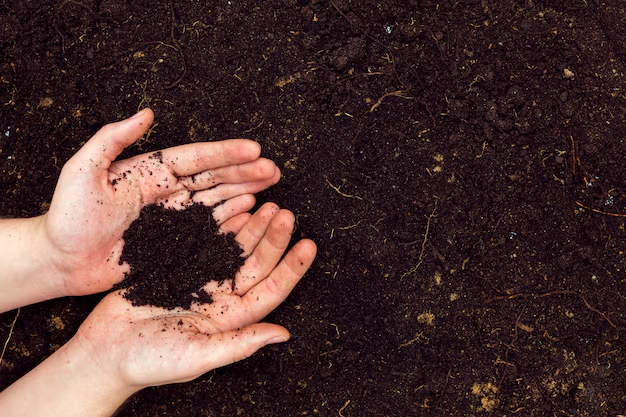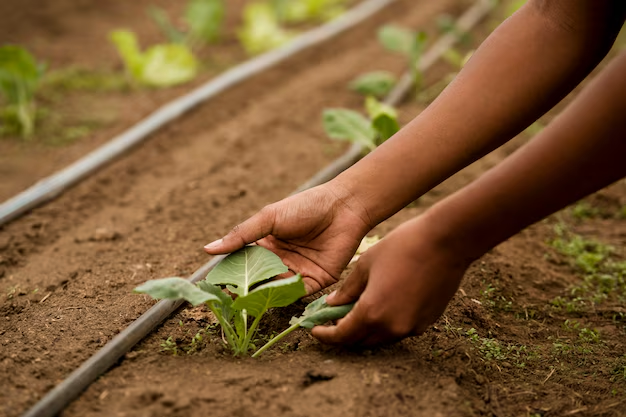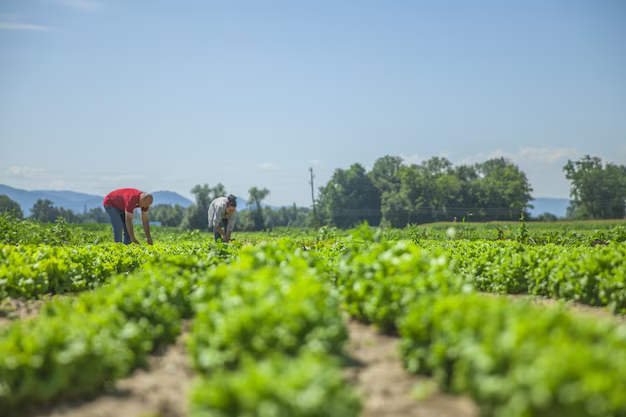
1. Soil Health Maintenance
Test Soil Regularly: Test the pH, nutrient levels, and texture of the soil regularly to ensure it is suitable for the crop being planted.
Use Organic Fertilizers: Incorporate compost and organic fertilizers to improve soil structure and provide essential nutrients.
Crop Rotation: Rotate crops annually to prevent soil nutrient depletion and reduce the risk of pests and diseases.
2. Water Management
Irrigate Efficiently: Use drip or sprinkler irrigation to conserve water and ensure efficient delivery to plants.
Rainwater Harvesting: Collect rainwater to use for irrigation during dry periods.
Mulching: Apply mulch around crops to retain soil moisture and reduce the need for frequent watering.


3. Pest and Disease Control
- Integrated Pest Management (IPM): Combine biological, physical, and chemical methods to control pests. For example, introduce beneficial insects that prey on harmful pests.
- Natural Pesticides: Use neem oil, garlic spray, or other organic solutions to manage pests without harming the environment.
- Companion Planting: Grow plants that naturally repel pests. For instance, marigolds deter nematodes, while basil helps repel flies and mosquitoes.
4. Sustainable Farming Practices
Cover Crops: Plant cover crops like clover or rye during the off-season to prevent soil erosion and replenish soil nutrients.
Zero Tillage: Practice minimal tillage to prevent soil disturbance, preserve moisture, and reduce carbon emissions.
Agroforestry: Integrate trees and shrubs into your farming system to improve biodiversity and provide shade for crops.


5. Maximizing Crop Yield
- Choose High-Quality Seeds: Select disease-resistant and high-yielding crop varieties suited to the local climate and soil conditions.
- Timely Planting: Follow the recommended planting dates for each crop to ensure they grow under optimal weather conditions.
- Proper Spacing: Ensure appropriate spacing between plants to allow for healthy growth and to minimize competition for nutrients.
6. Smart Use of Technology
Precision Agriculture: Use drones, GPS, and sensors to monitor crop health, detect nutrient deficiencies, and manage irrigation more effectively.
Mobile Apps: Use farming apps to track weather patterns, market prices, and crop data to make informed decisions.


7. Post-Harvest Management
- Proper Storage: Use proper drying and storage techniques to protect harvested crops from spoilage, pests, and mold.
- Value Addition: Consider adding value to your products by processing or packaging them, which can help fetch a higher price in the market.

